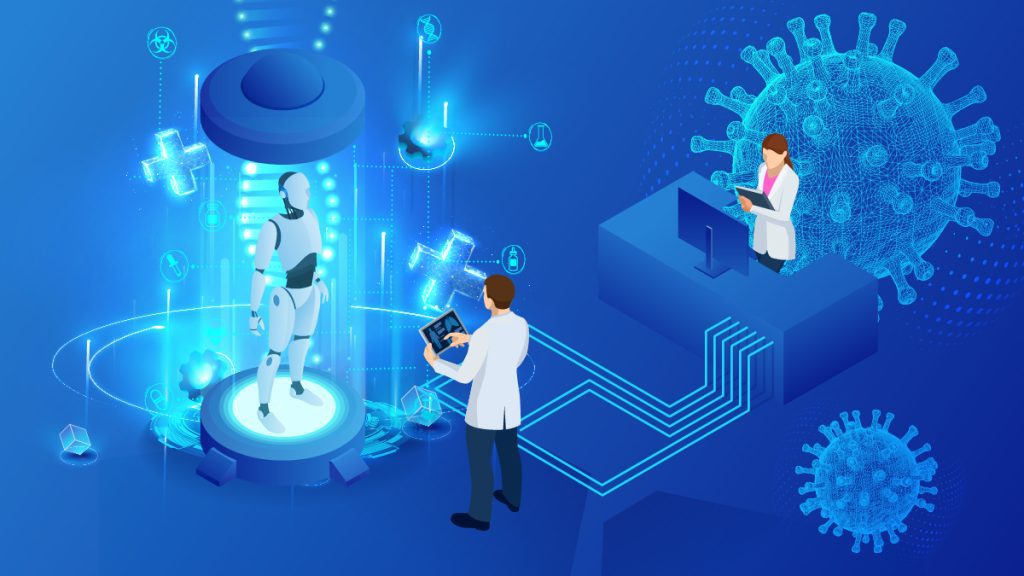
It is no secret that the COVID-19 pandemic changed life as we knew it, especially with all the technological progress that improved medtech.
- Telemedicine has gone up in popularity, as people started to realize how practical it is to have such a system working.
- AI made its way into diagnostic medicine as it reduced human error and resulted in efficient and rapid diagnosis.
- Following the COVID-19 vaccine development, researchers do not look at bureaucracy the same.
Before the pandemic had hit, medtech was making steady progress. but no one saw it coming. If they did, they didn’t expect it to highlight the cracks in the medical world. The industry came to a screeching halt once the pandemic hit: revenues, research spending, and employment considerably declined. Sure, the diagnostics and imaging branch of the sector fared well in that first year under the COVID-19 siege, but that was about it. It sent the industry into a tailspin but it definitely lit a fire under its metaphoric behind in terms of technological progress. Today, we reap the benefits of improved medtech.
Telemedicine
The COVID-19 pandemic has had a profound impact on telehealth services worldwide. According to a January 2023 OECD report, The Future of Telemedicine after COVID-19, prior to the pandemic, only nine countries mandated in-person medical consultations, while others had specific requirements that discouraged the use of telemedicine. However, that all changed once the pandemic hit: 23 out of 31 OECD countries now allow teleconsultations by healthcare professionals other than doctors, with six more countries joining in. Despite the rapid adoption of telemedicine policies, only 17 countries have well-established and clear rules and regulations governing telemedicine services. But it’s not all rainbows and sunshine as people have questioned the safety of their privacy and data.
AI in Diagnostics
Following the pandemic, AI and machine learning proved themselves transformative tools in diagnostic medicine, a great example of that is Sybil. AI algorithms improved medtech with systems dedicated to analyzing medical images, such as X-rays, CT scans, and MRIs, aiding in the detection and diagnosis of various diseases, including COVID-19. Such AI systems rapidly process large volumes of medical data and identify patterns that may be difficult for human observers to discern. In turn, they can assist healthcare professionals in making more accurate and timely diagnoses. I can’t stress this enough: The aim is not to replace but to assist.
Vaccine and Drug Development
The urgent need for effective vaccines led to unprecedented efforts and collaborations in research and development. Innovative vaccine platforms, such as mRNA technology, have been successfully employed, resulting in the rapid development and authorization of multiple COVID-19 vaccines. Not to forget, streamlined regulatory processes and global cooperation facilitated expedited clinical trials and regulatory approvals. On average, any vaccine might take a minimum of a decade to be made available to the public. But the COVID-19 pandemic proved that the bureaucracy could go faster if they really wanted it to.
Final Thought
In short, the pandemic improved medtech. The world was never the same again after it. And now that the WHO has removed its pandemic status, will the world go back to chaos, nonchalance, and leisure? And will we need another pandemic that kills another 7,000,000 people to put us into gear?
Inside Telecom provides you with an extensive list of content covering all aspects of the Tech industry. Keep an eye on our Medtech section to stay informed and updated with our daily articles.